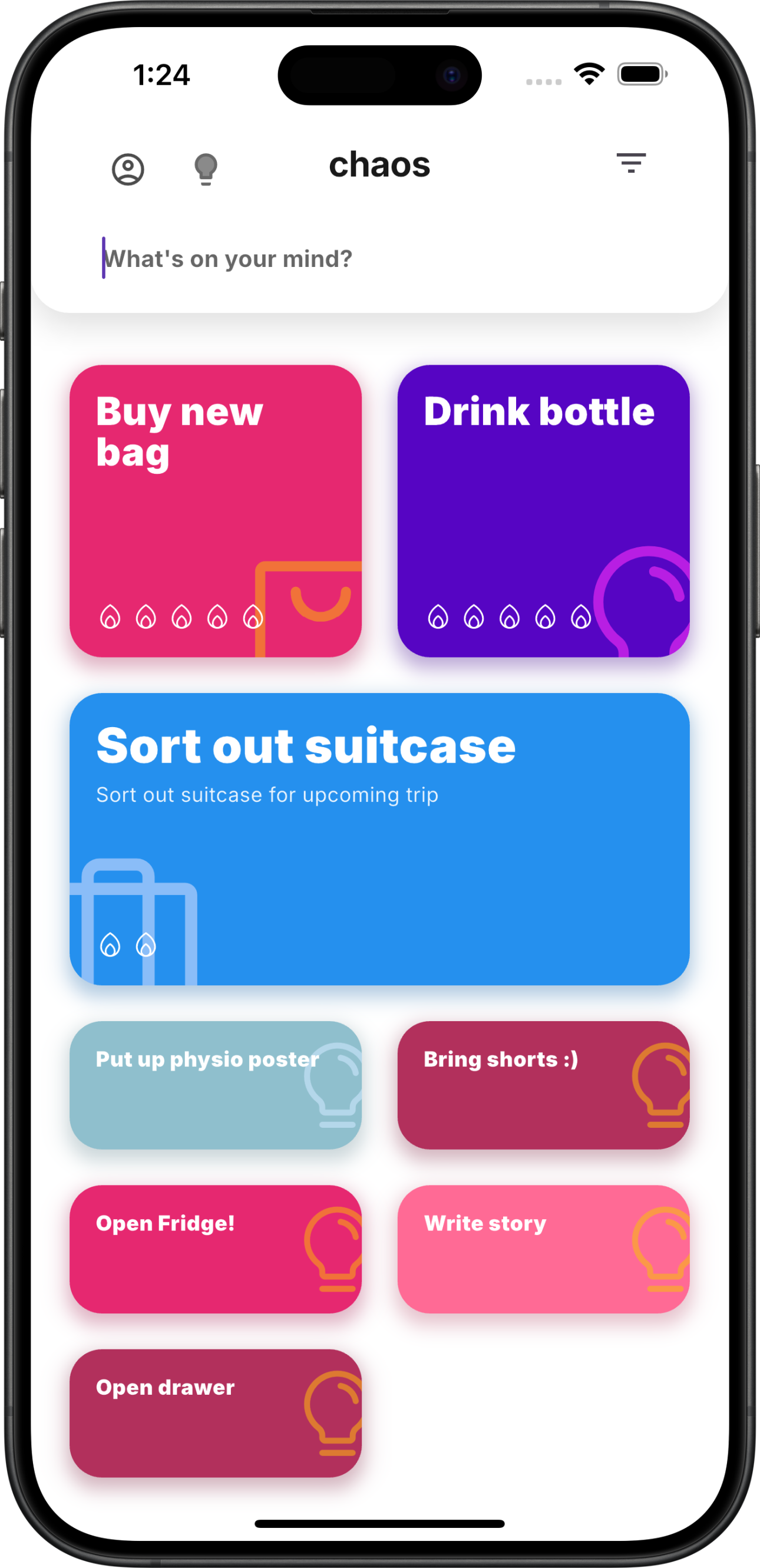Why it matters: NIST recommends regular incident simulations to keep responders sharp.[1] Chaos warmups take 20 minutes, tighten reflexes, and log actions for future audits.
TL;DR
- Simulate incidents weekly with rotating roles.
- Log actions in Chaos and push key notes to the comms blueprint.
- Feed metrics to the agentic KPI scorecard.

What is an incident warmup?
A short simulation where responders practise responding to a hypothetical outage. Roles rotate through incident commander, comms lead, and ops owner.
How do you run the drill in Chaos?
Select a scenario card, start a 20-minute timer, and follow the embedded runbook. Chaos logs every action, triggers status updates, and attaches screenshots for later review.
How do you measure readiness?
Track detection time, escalation accuracy, and comms cadence. Compare against benchmarks from the remote on-call playbook. Teams that run regular drills reduce MTTR by up to 20%, according to the 2024 PagerDuty report.[2]
Key takeaways
- Warmups keep on-call muscle memory fresh.
- Chaos automates note-taking and escalation practice.
- Use scorecards to prove readiness improvements.